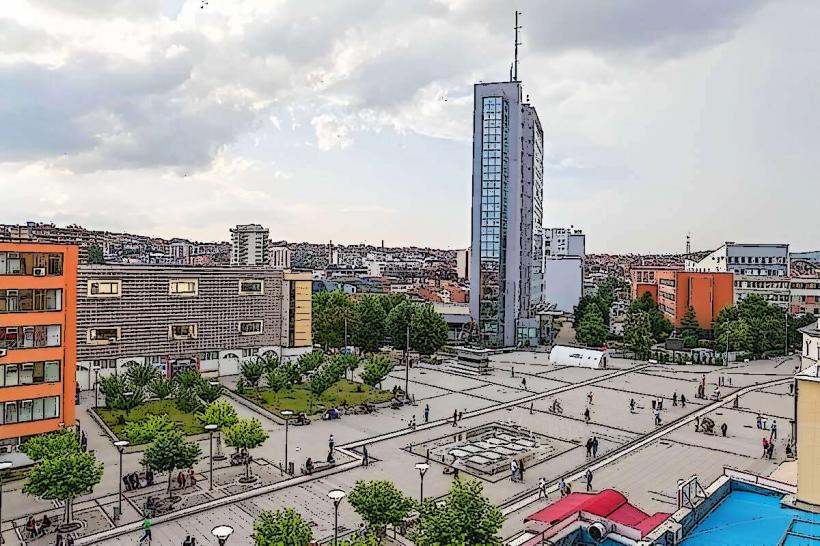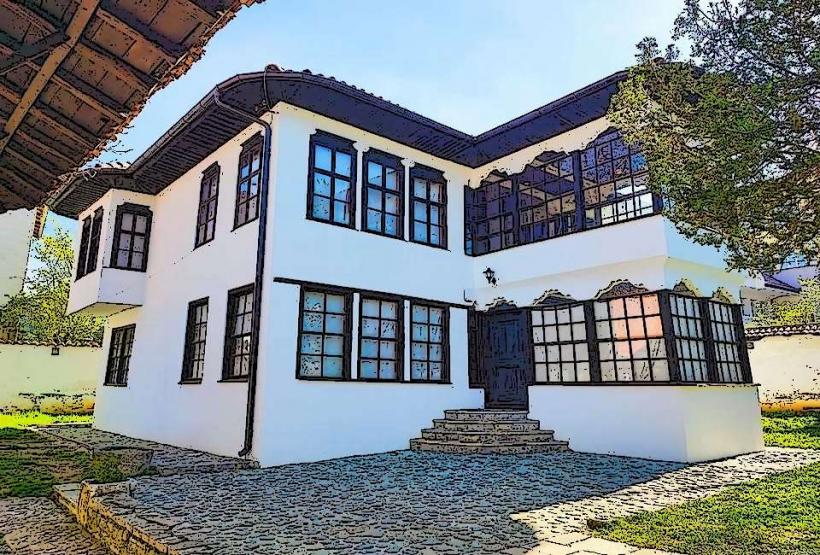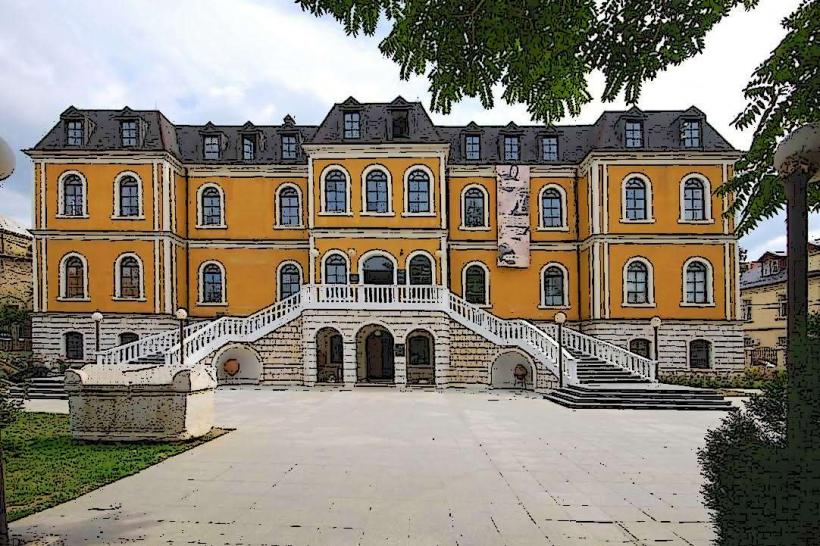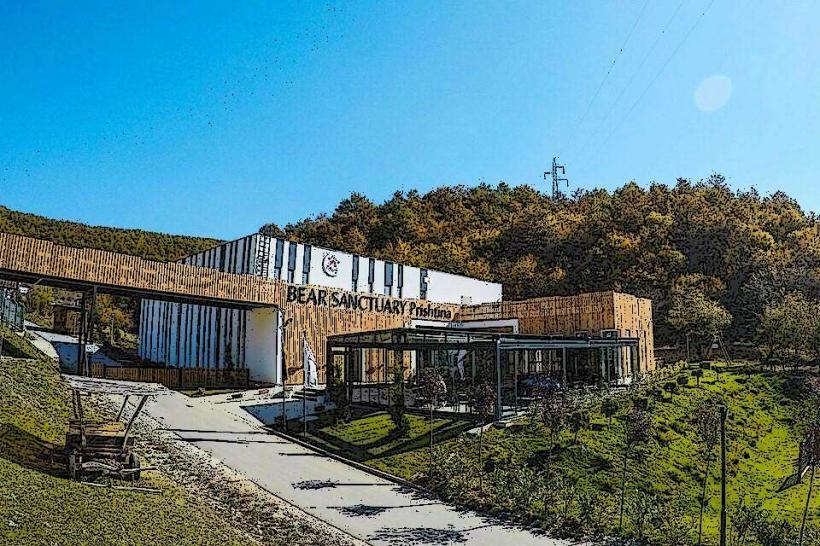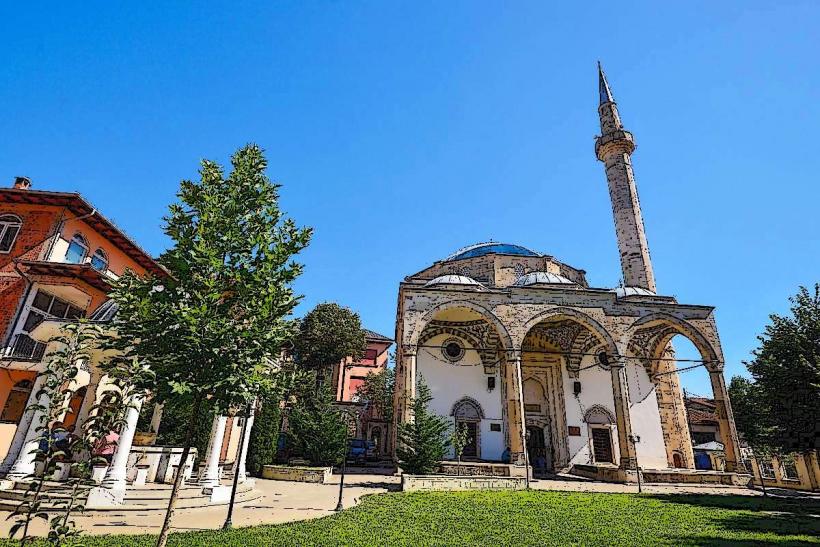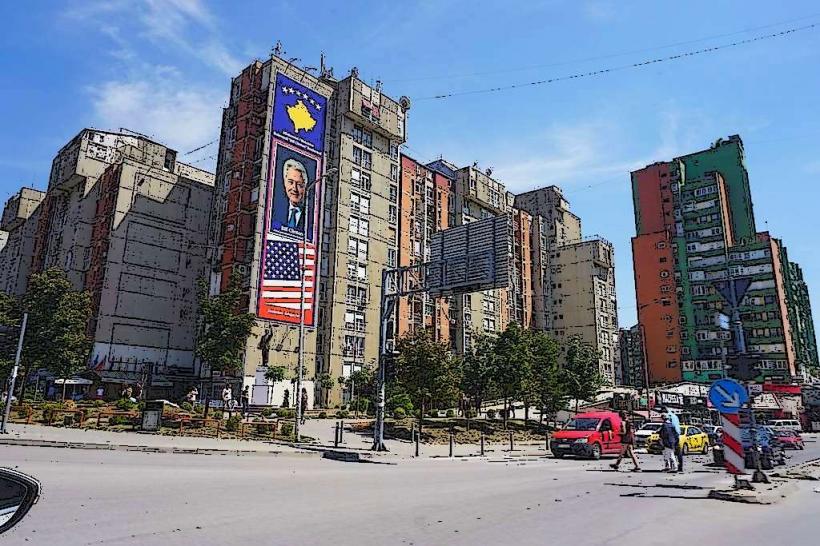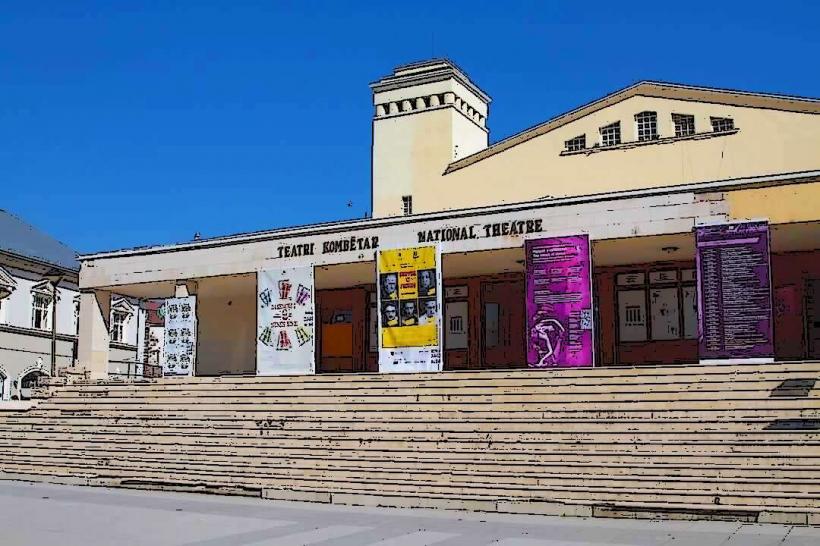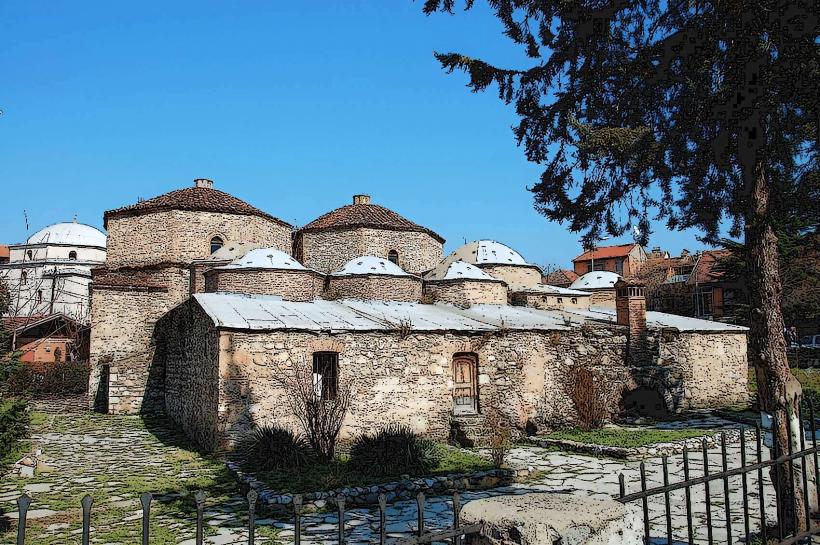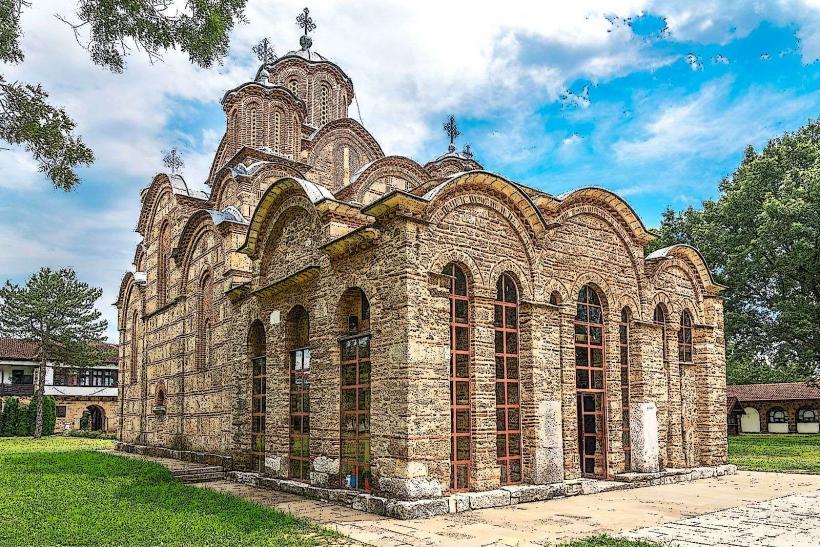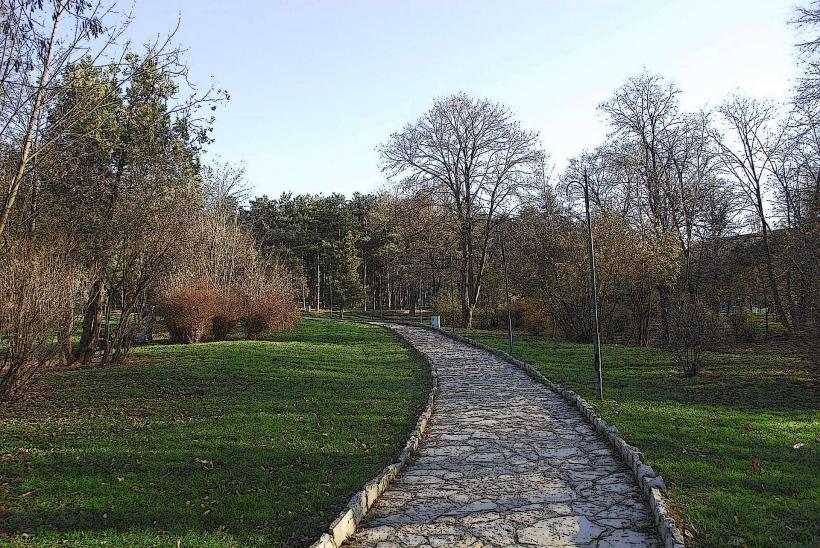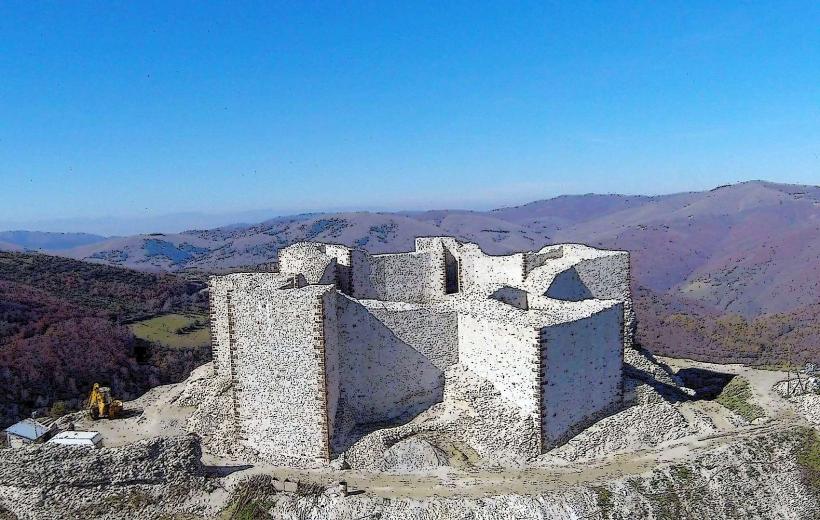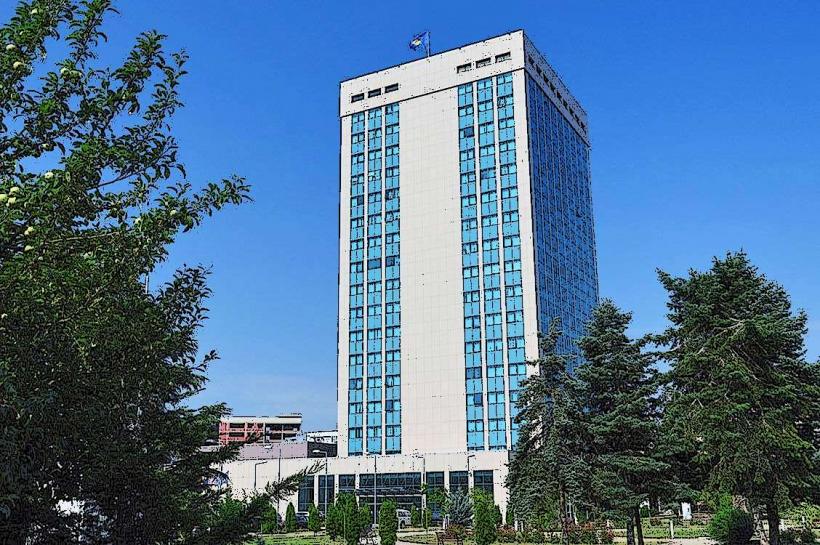Information
Landmark: Jashar Pasha MosqueCity: Pristina
Country: Kosovo
Continent: Europe
The Jashar Pasha Mosque is an important historical and cultural landmark in Pristina, Kosovo. This mosque, built during the Ottoman period, is one of the key examples of Islamic architecture in the region and holds significant cultural and historical value for the city and the wider Kosovo area.
Historical Background
The Jashar Pasha Mosque was constructed in the 18th century during the Ottoman rule over the Balkans. It was commissioned by Jashar Pasha, a prominent Ottoman military leader and administrator. The mosque was designed as part of the broader architectural and social structures built by the Ottomans to serve the Muslim population of Pristina.
Name Origin: The mosque is named after its benefactor, Jashar Pasha, who was a wealthy and influential figure in the Ottoman Empire. His name remains associated with the mosque to this day, symbolizing his contribution to the development of the city's Islamic heritage.
Role in the Community: Like many mosques built during the Ottoman era, the Jashar Pasha Mosque served not only as a place of worship but also as a center of community life. It was a place where people gathered for prayer, social activities, and educational purposes, reflecting the central role of mosques in Ottoman society.
Architecture and Design
The Jashar Pasha Mosque is an excellent example of Ottoman architectural style, combining both religious and functional elements. Some of its most notable features include:
Central Dome: Like most Ottoman mosques, the Jashar Pasha Mosque features a large central dome. The dome is one of the key structural and aesthetic elements, allowing for a large, open prayer hall beneath it. The interior of the mosque is typically illuminated by natural light coming through windows around the dome.
Minaret: The mosque is crowned by a minaret, which serves as both a visual focal point and a functional element, used for the call to prayer. The minaret is tall and slender, characteristic of Ottoman mosque design, and is an iconic feature of the mosque's silhouette against the Pristina skyline.
Interior Decoration: Inside the mosque, the design is simple yet elegant, with intricate calligraphy and geometric patterns often adorning the walls and ceiling. The prayer hall is spacious, and the interior includes a mihrab (the niche indicating the direction of Mecca) and a minbar (pulpit) from which the imam delivers sermons.
Courtyard and Fountain: Many Ottoman mosques also feature a courtyard with a central fountain, a feature common in Islamic architecture. The courtyard provides a tranquil space for visitors and worshippers, and the fountain is symbolic of the purification rituals in Islam.
Cultural and Religious Significance
Islamic Heritage: The Jashar Pasha Mosque is an important symbol of Kosovo's Islamic heritage. It is part of the rich Ottoman legacy in the region and continues to serve as a place of worship for the local Muslim community in Pristina.
Community Center: Beyond its religious function, the mosque has historically been a center of community life. It has been a place for educational activities, including teaching the Quran and Islamic studies. Even today, the mosque remains a key community gathering point for Muslims in the city.
Architectural Influence: The mosque's design is reflective of broader Ottoman architectural trends, particularly the use of domes, arches, and minarets in mosque buildings. It serves as a representative example of Ottoman religious architecture in Kosovo.
Modern-Day Role
Place of Worship: Today, the Jashar Pasha Mosque remains an active place of worship for the Muslim community in Pristina. It continues to host daily prayers, as well as special events for religious holidays, such as Ramadan and Eid.
Cultural Heritage: As one of Pristina’s significant Ottoman-era buildings, the mosque is also a symbol of the city's cultural and historical diversity. It is a point of interest for both locals and tourists interested in the region's Islamic heritage and Ottoman history.
Restoration: In recent years, there have been efforts to preserve and restore the Jashar Pasha Mosque, ensuring that it remains a well-maintained and significant cultural landmark. These restoration projects help maintain the mosque's historical authenticity while ensuring its continued use by the local community.
Conclusion
The Jashar Pasha Mosque is a key historical and architectural landmark in Pristina, Kosovo. Built during the Ottoman era, it serves as a testament to the region's rich Islamic heritage and the influence of Ottoman architecture. As both a place of worship and a symbol of Kosovo’s cultural history, the mosque continues to play an important role in the community today. Its architectural beauty and historical significance make it a must-visit for those interested in Kosovo's Ottoman past and its religious and cultural traditions.


